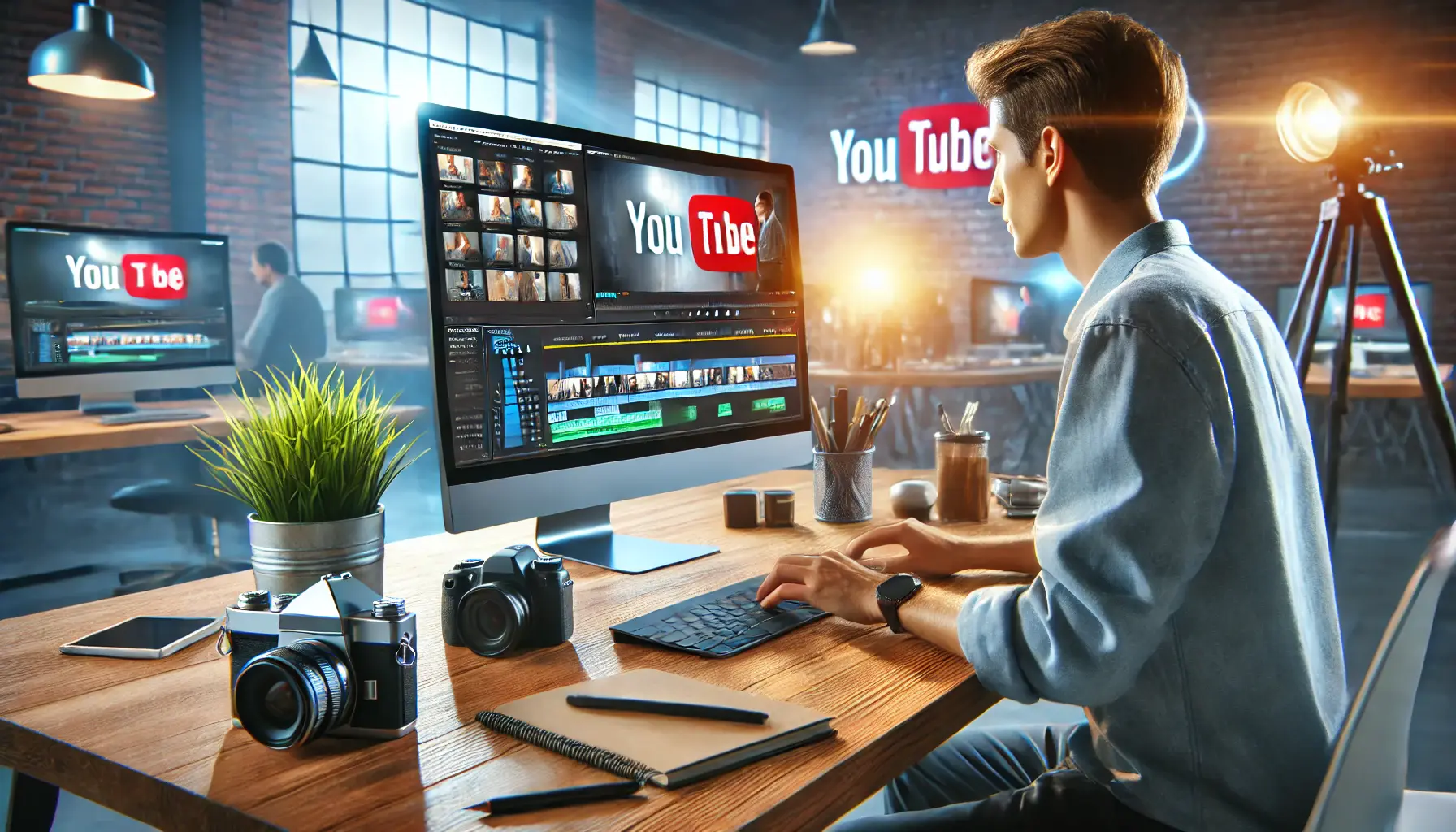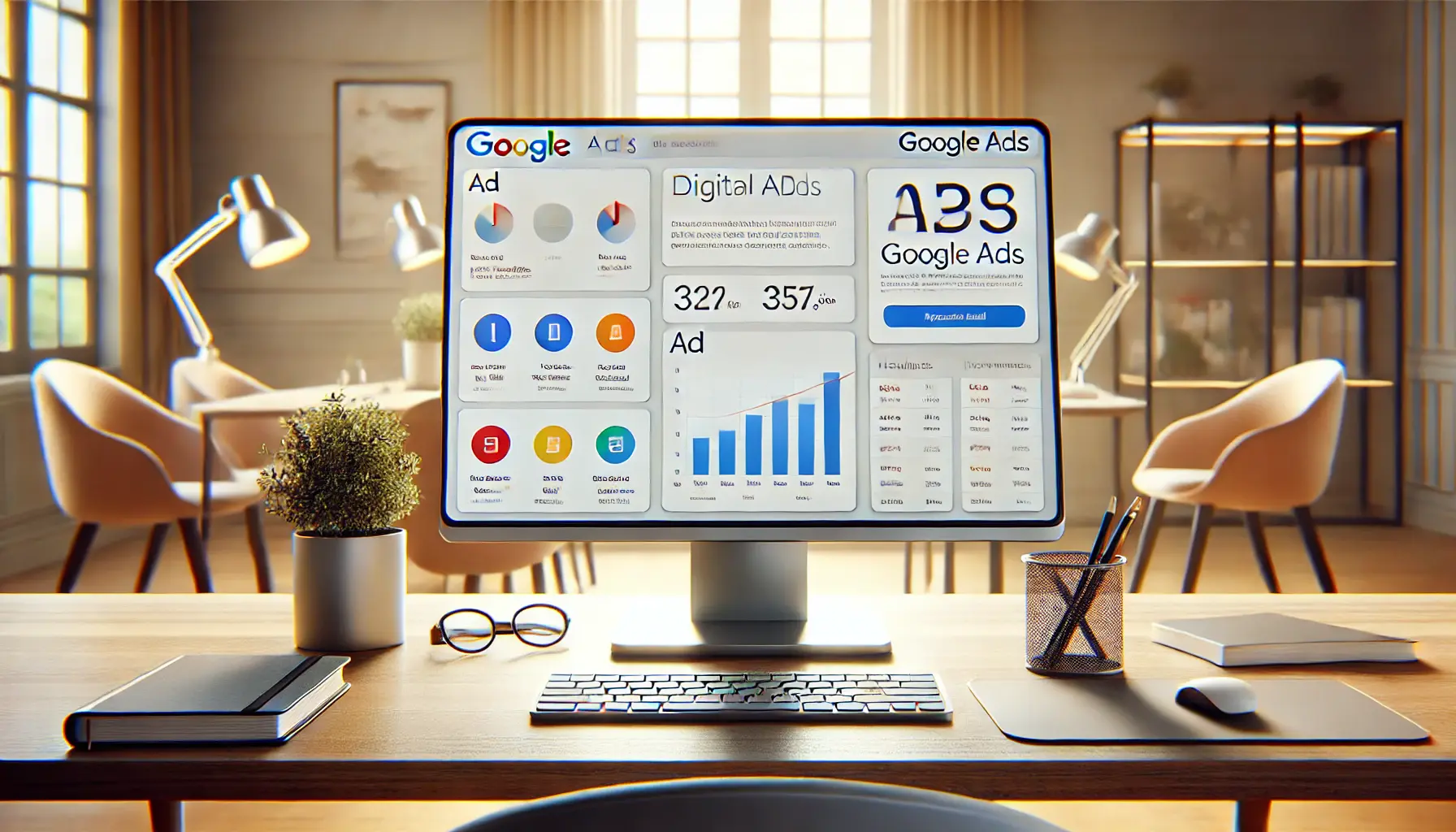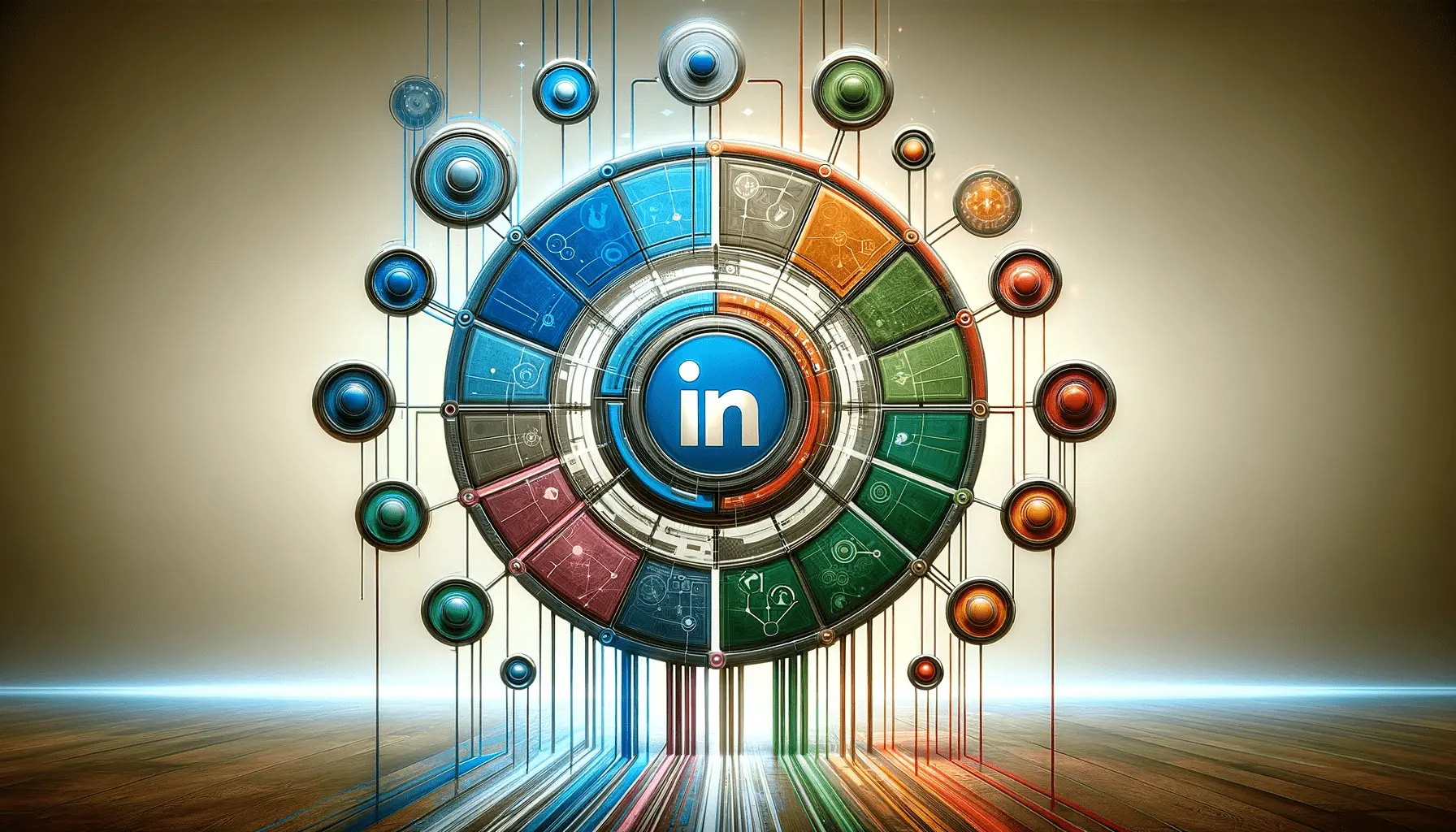Sponsored articles have emerged as a powerful tool in the modern digital marketing landscape, especially in social media advertising.
By seamlessly blending promotional content with valuable information, brands can connect with their target audience more effectively.
But what exactly are sponsored articles, and how are they utilized within social media?
- Understanding Sponsored Articles in Social Media Advertising
- Writing Effective Sponsored Articles: Best Practices
- Maximizing Sponsored Articles’ Reach
- Measuring the Success of Your Sponsored Articles
- Common Mistakes to Avoid in Sponsored Articles
- The Strength of Sponsored Articles in Social Media Marketing
- Frequently Asked Questions About Sponsored Articles
Understanding Sponsored Articles in Social Media Advertising
Sponsored articles, also known as native adsNative ads are a form of paid content designed to match the editorial style of the platform it appears on., are paid content pieces that match the editorial tone and style of the platform they are published on.
Unlike traditional advertising, which can often feel disruptive, sponsored articles provide consumers with valuable information while subtly promoting a brand or product.
This approach makes the content feel natural and engaging for the audience.
Defining Sponsored Articles
At their core, sponsored articles are content created or commissioned by businesses to promote their products or services.
However, these articles are designed to offer real value to the reader, ensuring that the promotional aspect is seamlessly integrated.
Unlike overt advertisements, sponsored articles provide a more authentic user experience, making them more appealing to consumers.
The Role of Sponsored Content in Social Media
On social media platforms, sponsored content plays a crucial role in reaching a broader audience.
Brands collaborate with influencers or publishers to share their message in a more organic and trustworthy manner.
This strategy leverages the credibility and trust that influencers and established publishers have built with their audience, making the promotional content feel more genuine and relatable.
Benefits of Sponsored Articles for Brands
Integrating sponsored articles into a marketing campaign offers several key benefits:
- Increased Credibility: When your content appears on reputable websites or is shared by influential figures, it enhances your brand’s credibility.
- Higher Engagement: Sponsored content that provides useful insights or information tends to generate higher engagement rates compared to traditional ads.
- Expanded Reach: Partnering with influencers or authoritative platforms allows brands to access new and broader audiences.
- Better ROI: Due to their less intrusive and more engaging nature, sponsored articles often deliver a higher return on investment.
By understanding and effectively utilizing sponsored articles, brands can navigate the complexities of social media marketing, fostering meaningful connections with their audience and maximizing their advertising impact.
Sponsored articles offer a unique way to blend promotional content with value, making them less intrusive and more engaging for readers.
Writing Effective Sponsored Articles: Best Practices
Writing great sponsored articles is both an art and a science.
To ensure your content engages readers and fulfills its purpose, follow these best practices.
Identifying Your Target Audience
Knowing who you’re writing for is the foundation of great sponsored articles.
Here’s how to identify your audience:
- Demographic Analysis: Determine the age, gender, location, and interests of your potential readers. This information helps tailor your content to their specific needs and preferences.
- Engage Through Surveys and Polls: Directly ask your audience about their preferences and interests. This interactive approach not only provides valuable insights but also fosters a sense of involvement among your readers.
- Monitor Feedback: Keep an eye on comments, shares, and other forms of engagement on your previous content. Feedback can reveal what your audience finds valuable and what they don’t.
Creating Engaging and Relevant Sponsored Articles
With a clear understanding of your audience, create content that resonates and provides value:
- Solve Pain Points: Address specific questions or problems your audience may face. Offering solutions positions your brand as a reliable source of information.
- Make Use of Effective Headlines: Craft compelling headlines that encourage people to click and read further. A strong headline is often the difference between capturing attention and being ignored.
- Quality Over Quantity: Focus on producing high-value sponsored content rather than churning out numerous low-quality pieces. High-quality content is more likely to be shared and appreciated.
Employing Storytelling Techniques
Storytelling can transform an ordinary sponsored article into an engaging and memorable experience:
- Write a Story: Integrate your message into a compelling story with a clear beginning, middle, and end. This structure keeps readers engaged and makes your content more relatable.
- Use Relatable Characters: Introduce characters or scenarios that your audience can identify with, making the story more effective.
- Invoke Emotions: Content that elicits emotions—whether joy, surprise, or empathy—performs better and is shared more frequently.
Guaranteeing Authenticity and Transparency
Authenticity and honesty are essential for building trust with your readers:
- Be Transparent About Sponsorship: Clearly disclose any sponsored content to maintain trust and comply with ethical standards.
- Align with Brand Values: Ensure that the sponsored articles align with your brand’s values and message. Authenticity resonates with readers and enhances credibility.
- Provide Honest Opinions: When reviewing a product or service, offer an unbiased perspective, including both positive and negative aspects. A balanced approach builds trust with your readers.
By following these best practices, you can create compelling sponsored articles that not only promote your brand but also provide genuine value to your readers, fostering trust and long-term engagement.
Identifying your target audience is critical to writing effective sponsored articles that engage and provide value.
Maximizing Sponsored Articles’ Reach
Creating engaging sponsored articles is only half the task; ensuring they reach your target audience is equally crucial.
By using effective SEO strategies and leveraging social media platforms, you can enhance the impact of your sponsored articles.
Using SEO Strategies in Sponsored Articles
Optimizing your sponsored articles for search engines increases visibility and drives organic traffic.
Here are some key strategies to implement:
- Keyword Placement: Identify and naturally incorporate relevant keywords in your content. Aligning with user search queries improves search engine rankings. However, avoid keyword stuffing, as it can negatively affect readability and SEO performance.
- Quality Backlinks: Obtain backlinks from authoritative websites to your sponsored content. These endorsements signal to search engines that your content is credible and authoritative, boosting its ranking potential.
- Meta Titles and Descriptions: Craft compelling meta titles and descriptions that accurately represent your content. These elements serve as the first impression in search results, influencing click-through rates.
Using Social Media Platforms for Distribution
Social media platforms are highly effective distribution channels for sponsored articles.
To maximize reach:
- Platform Selection: Choose platforms that align with your target audience’s preferences. For example, younger generations prefer TikTok and Instagram, while professionals are more likely to engage on LinkedIn.
- Personalized Content: Tailor your sponsored articles to fit the unique style and requirements of each platform. Personalization increases engagement and shares.
- Regular Posting Schedule: Maintain a consistent posting schedule to keep your audience engaged and informed. Regular updates build trust and anticipation among followers.
Working with Influencers and Partners
Collaborating with influencers and business partners can significantly expand the reach of your sponsored articles:
- Influencer Partnerships: Work with influencers whose audience aligns with your target market. Their endorsement can introduce your content to new, highly engaged followers.
- Guest Posts: Contribute guest posts to reputable blogs or invite industry experts to share insights on your platform. These collaborations diversify your content and broaden your audience.
- Cross-Promotions: Engage in cross-promotions with complementary brands. This strategy allows both parties to tap into each other’s audiences, fostering mutual growth.
By implementing these strategies, you can optimize the visibility and effectiveness of your sponsored articles, ensuring they reach and engage your intended audience.
Maximizing reach involves leveraging SEO strategies, selecting the right platforms, and collaborating with influencers.
Measuring the Success of Your Sponsored Articles
Creating and distributing sponsored articles is an investment.
To ensure this investment yields the returns you desire, it’s important to measure performance using Key Performance Indicators (KPIs).
Monitoring these KPIs allows you to assess the effectiveness of your sponsored content and make necessary adjustments for future campaigns.
Key Performance Indicators to Monitor
Several KPIs are essential when measuring the success of your sponsored articles:
- Impressions: This measures how often your sponsored article is displayed, whether or not users engage with it. A high number of impressions suggests strong brand visibility.
- Click-Through Rate (CTR): CTR refers to the percentage of viewers who clicked a link in your article compared to the total number of viewers. A higher CTR indicates that your content is compelling enough to encourage readers to take action.
- Conversion Rate: This KPI represents the percentage of readers who completed a desired action—such as signing up for a newsletter or making a purchase—after interacting with your content. Monitoring conversion rates helps assess the effectiveness of your call-to-action.
- Engagement Metrics: Factors like time spent on the page, social shares, and comments indicate how well your content resonates with the audience. High engagement often correlates with content quality and relevance.
- Return on Ad Spend (ROAS): ROAS calculates the revenue generated per dollar spent on advertising. It directly measures the financial return of your sponsored content.
Tools and Analytics for Tracking Performance
To accurately monitor these KPIs, it’s crucial to leverage the right tools:
- Google Analytics: This all-in-one tool provides insights into website traffic, user behavior, and conversion tracking, helping you understand how readers interact with your sponsored articles.
- Google Search Console: This tool provides data on how your content performs in search results, including impressions, clicks, and average ranking position, which helps you assess your article’s visibility and discoverability.
- Social Media Analytics Tools: Platforms like Facebook Insights and Twitter Analytics track engagement metrics such as likes, shares, and comments, allowing you to measure audience interaction with your sponsored articles.
- Content Analysis Tools: Tools such as Hotjar and Ahrefs provide insights into user engagement and SEO performance, helping you refine content for better outcomes.
Adjusting Strategies Based on Data Insights
Data collection is only valuable if it leads to action.
Here’s how to use your insights effectively:
- Recognize Trends: Regularly monitor your KPIs to identify patterns, such as which topics generate higher engagement or which platforms drive the most traffic.
- Refine Content Strategy: Use data insights to adapt your content based on audience preferences, focusing on topics and formats that perform best.
- Maximize Distribution Channels: Invest your marketing budget in the platforms that show the highest engagement and conversion rates to ensure effective resource allocation.
- Test and Iterate: Conduct A/B testing on headlines, images, and calls-to-action to determine what resonates best with your audience, continuously refining your strategy based on performance data.
By consistently monitoring these KPIs and utilizing the right analytical tools, you can measure the performance of your sponsored content, enabling data-driven decision-making that enhances future campaigns and maximizes return on investment.
Tracking KPIs such as impressions, CTRCTR (Click-Through Rate) is the percentage of people who click on a link in an article compared to the total number of viewers., and engagement is crucial for assessing sponsored articles’ performance.
Common Mistakes to Avoid in Sponsored Articles
Successful sponsored articles require careful planning and execution.
However, several common mistakes can undermine your efforts.
By recognizing and avoiding these pitfalls, you can create more effective and engaging sponsored content.
1. Failing to Disclose Sponsorship
Transparency is crucial in sponsored content.
If you fail to disclose sponsorship, you risk losing credibility among your readers and may face legal issues.
- Best Practice: Clearly label sponsored content with terms such as “Sponsored” or “Promoted.” Such transparency builds trust and ensures compliance with regulatory requirements.
2. Non-Alignment with Audience Interests
Creating content that does not align with your audience’s interests can lead to weak engagement and poor performance.
- Best Practice: Conduct thorough research to understand your audience’s needs and preferences. Develop content that resonates with them and provides real value.
3. Prioritizing Quantity Over Quality
Focusing on producing a large volume of content at the expense of quality can dilute your message and damage your credibility.
- Best Practice: Prioritize developing high-quality sponsored content that delivers genuine value to your readers, even if it means publishing fewer pieces.
4. Lack of Fact-Checking
Publishing incorrect or misleading information can significantly harm your credibility and mislead your readers.
- Best Practice: Implement strict fact-checking procedures to ensure all information in your sponsored articles is accurate. This practice helps maintain trust and authority.
5. Ignoring Clear Call-to-Actions (CTAs)
Without clear CTAs, readers may not know the next steps to take, leading to missed engagement and conversion opportunities.
- Best Practice: Include concise and compelling CTAs that guide readers toward desired actions such as subscribing, purchasing, or sharing your content.
By understanding these common mistakes and applying the recommended best practices, you can create sponsored articles that effectively engage your audience and help you achieve your marketing objectives.
Failing to disclose sponsorship can significantly damage the trust and credibility with your audience.
The Strength of Sponsored Articles in Social Media Marketing
Sponsored articles have become a standard part of online marketing, providing brands with a powerful tool to reach their target audience while subtly promoting their services or products.
When executed effectively, they blend seamlessly with a platform’s editorial content, building credibility, driving engagement, and generating a strong return on investment.
Main Takeaways from Writing Effective Sponsored Articles
To achieve the best results from sponsored articles, brands need to focus on strategic planning and execution.
Here are the key elements to keep in mind:
- Know Your Audience: Conduct thorough research to understand your audience’s demographics, interests, and preferences. Ensuring content aligns with their needs increases engagement and provides real value.
- Create High-Quality Content: Focus on producing well-researched, engaging, and informative content rather than prioritizing quantity. Sponsored content should add value to the reader beyond simple product promotion.
- Use Storytelling: Incorporating compelling narratives into your sponsored content captures interest, enhances relatability, and encourages greater engagement.
- Apply SEO Techniques: Optimizing content with relevant keywords, backlinks, and meta descriptions improves search engine rankings, expanding organic reach.
- Maximize Distribution: Utilizing social media platforms, influencer partnerships, and cross-promotions broadens your content’s reach and enhances engagement.
- Monitor Performance: Tracking KPIs such as impressions, CTR, engagement metrics, and ROI helps refine content strategies for future campaigns.
Avoiding Common Errors in Sponsored Content
While sponsored content is a valuable marketing tool, mistakes can reduce its effectiveness.
Avoid these common pitfalls:
- Not Disclosing Sponsorship: Transparency is key. Clearly label sponsored content to build trust with your audience and comply with marketing regulations.
- Ignoring Audience Interests: Sponsored content should align with audience expectations. Misalignment results in low engagement and reduced effectiveness.
- Neglecting Clear CTAs: Without well-defined calls-to-action, readers may not know what steps to take next, reducing conversion potential.
- Poor Fact-Checking: Inaccurate information damages brand credibility. Always verify facts before publishing.
Why Sponsored Articles Matter in the Modern Digital Landscape
As digital advertising evolves, sponsored articles remain a powerful way to engage with consumers naturally and non-disruptively.
Unlike traditional ads that can be easily skipped or blocked, high-quality sponsored content delivers value while subtly reinforcing brand messaging.
In an era where consumers prioritize authenticity and trust, brands that invest in meaningful, high-quality sponsored articles can build stronger relationships with their audience.
By continuously refining content strategies based on data insights and audience preferences, brands can drive higher engagement and improve campaign performance.
Final Thoughts
Sponsored articles are a dynamic tool for brands looking to establish authority, increase traffic, and drive engagement on digital platforms.
When executed strategically—with an emphasis on quality, relevance, and transparency—sponsored articles can generate long-term benefits, strengthening brand reputation and customer loyalty.
By following best practices, avoiding common mistakes, and continually optimizing content strategies, businesses can harness the full potential of sponsored articles to stand out in the competitive social media marketing landscape.
Sponsored articles play a crucial role in social media marketing by combining value with subtle brand promotion.
Enjoyed the article? Let its author handle your social media ads. Visit our service page to get started!
Frequently Asked Questions About Sponsored Articles
Sponsored articles are a standard element of digital marketing today.
Here are a few frequently asked questions to help you understand their role and impact.
A sponsored article is paid content created by or for a brand, crafted to match the editorial voice of the site, providing value while subtly promoting products or services.
Unlike traditional ads, sponsored articles blend seamlessly with editorial content, offering valuable information that readers are interested in without overtly promoting a product or service.
Yes, sponsored articles are a form of native advertising because they adopt the form and function of the platform on which they are published, providing a non-disruptive user experience.
Yes, ethical guidelines and regulations require clear disclosure of sponsored content to maintain transparency and trust with readers.
Sponsored articles can establish brand credibility, reach intended audiences, drive higher engagement rates, and provide valuable information that connects with readers.
Effectiveness can be measured using metrics like impressions, click-through rates, engagement, and conversion rates, depending on campaign goals.
Sponsored articles can be placed on a variety of platforms, including news websites, blogs, social media platforms, and niche publications, depending on the target audience.
Work closely with the platform’s editorial team to match the tone, style, and subject matter of their regular content, ensuring a natural fit that engages readers.
Yes, when properly optimized with relevant keywords and quality backlinksBacklinks are links from one website to another, used by search engines to determine the credibility and authority of content., sponsored articles can improve SEO rankings and drive more organic traffic to your website.












